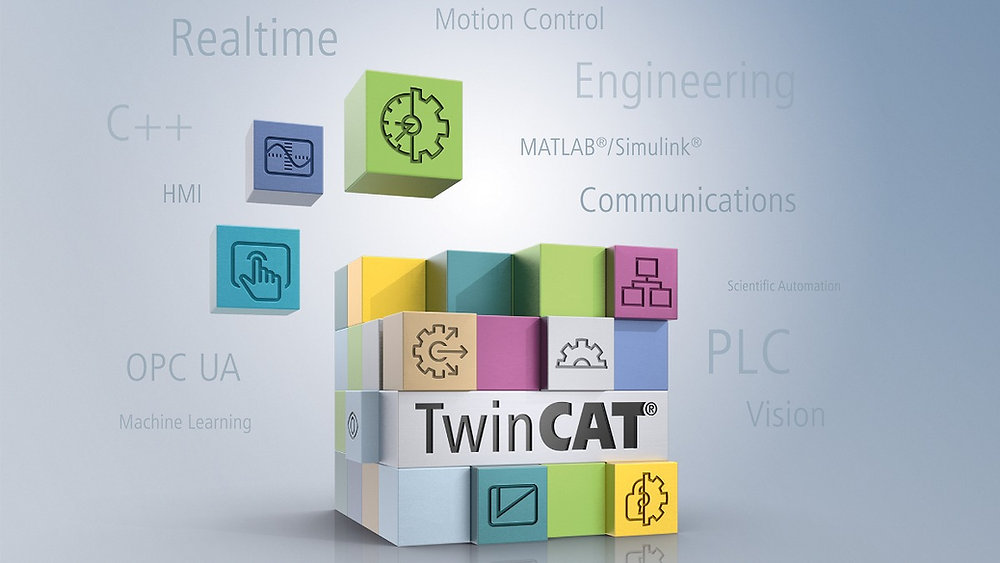- 7483073393
- Info@vidvathtechnolies.com

MATLAB and Simulink enable automotive engineering organizations to accelerate vehicle development processes and to deliver vehicles that meet market requirements for safety, comfort, fuel economy, and performance.
Automotive engineers use MATLAB and Simulink to:
• Run simulations to evaluate trade-offs and optimize designs
• Develop and test perception, planning, and control algorithms
• Validate requirements early through rapid prototyping
• Generate code for prototyping or production, in floating or fixed-point, for MCUs, GPUs, SoCs and FPGA devices
• Analyze test fleet and production vehicle data
• Comply with AUTOSAR and ISO 26262 standards

What is MATLAB in Aerospace Engineering?
MATLAB is a high-level tool potential language developed by Mathworks Inc for numerical computations. Aerospace and defense industries are adopting Model-Based Designs to minimize the design time. MATLAB tools have produced several job opportunities for engineers in the aerospace industry. Model-based design with Simulink and MATLAB is a development approach that allows the engineering teams to switch over from an internal R & D to design and implement in one environment. Companies use this approach for the following:
• Reduce program risk through sharing system analysis, specifications, and test data
• Reduce expensive rework via early design simulation
• Promote reuse by coordinating with the prevalent simulations, tools, and legacy software
• Research emerging technologies including cyber-physical systems
• Leveraging new technologies by moving directly to production from IRAD.
Applications of MATLAB in Aerospace Engineering
Some of the applications of MATLAB are discussed in our MATLAB in Aerospace Engineering assignment assistance as follows:
• Engineers are using MATLAB to perform statistical analysis, mapping, signal processing, and image processing on telemetry data and terabytes of flight such as engine temperature and vehicle trajectory. The develop customized data analysis applications which are shared with teams. They enhance data analysis and get results within a fraction of time compared to the original time.
• Development teams of the defense and aerospace industry have to undergo stringent safety needs for software quality. They depend on model-based design for minimizing latent bugs in a flight software through linkage of their code, designs, and test cases, testing in a development phase, reusing a test case, integrating with the already prevalent software architectures. Due to this, engineers can produce optimized code along with fewer errors compared to the code developed using traditional coding methods.
• Engineers create system models in Simulink and MATLAB for verifying the performance of their surveillance, communication prior to building
prototypes. By model simulating, they verify the performance needs including data-transmission rates.
• Engineers who work in MATLAB move to implementation from the algorithm in just a single environment. This approach allows you to iterate the design changes in the implementation phase.
Importance of MATLAB in Aerospace Engineering
MATLAB is a programming language such as Java or Python. It is designed specifically to solve mathematics problems that arise in engineering or scientific world. It can develop new mathematical models or methods used in various subjects. It is applied in aerodynamics, aerospace structures, aerospace systems, and dynamics and control.
MATLAB plays an important part in Aerospace Engineering. It can solve any problem or model that is defined numerically. Basically, solving a huge number of equations that are too tedious or too large that too difficult to be solved by a person. The importance of MATLAB is explained in details by our assignment help for MATLAB in Aerospace Engineering experts. Some of the most famous usage and rampant MATLAB usage is noticed in the
fluid dynamics to stimulate inside/flow over a given body and this depends on a particular situation. There are several applications where it is used. Other applications include orbit calculations, finite element analysis, etc.